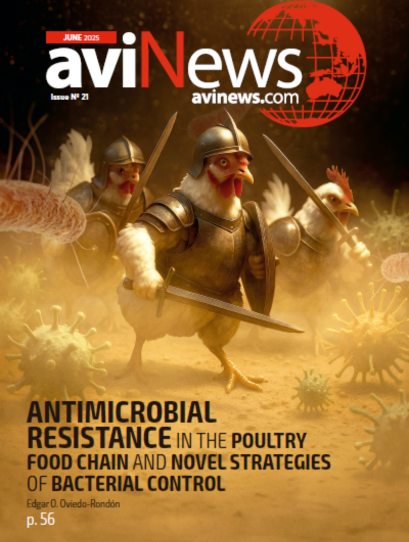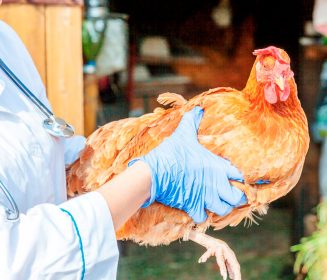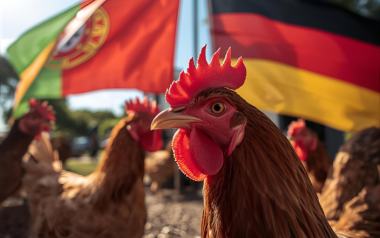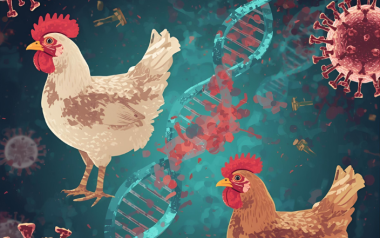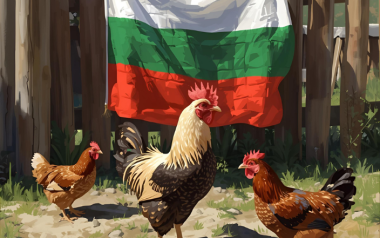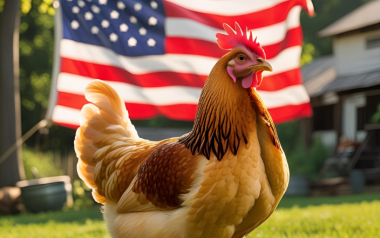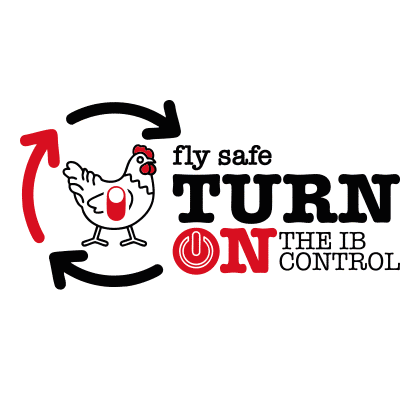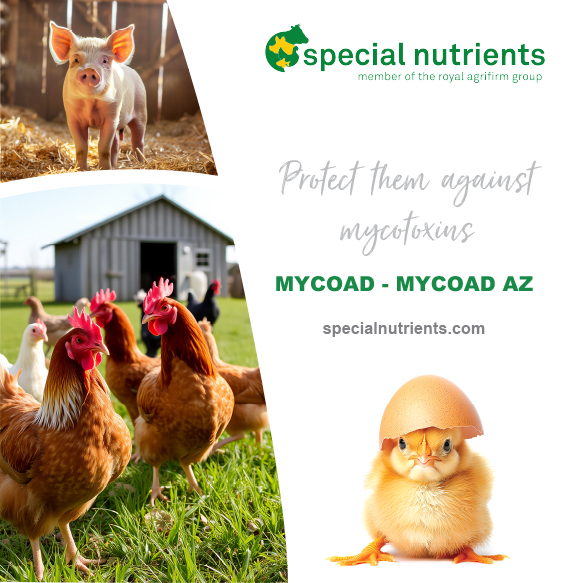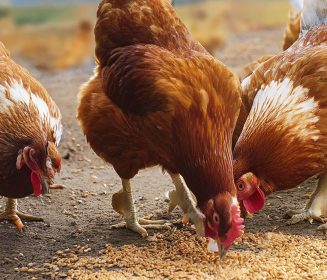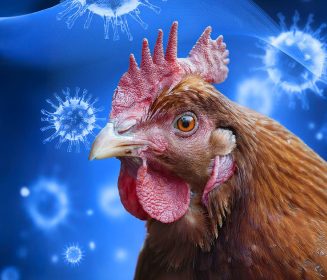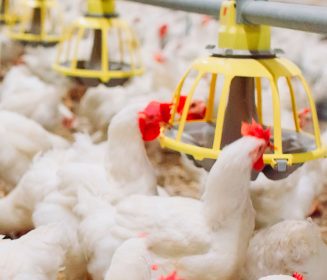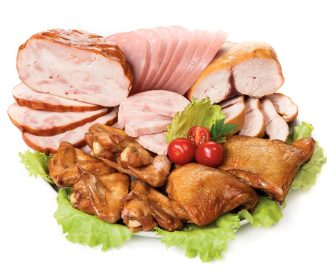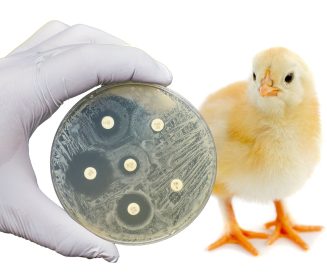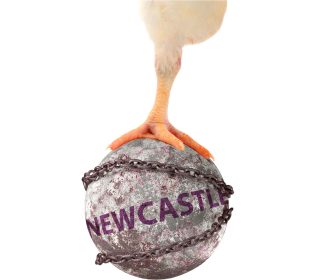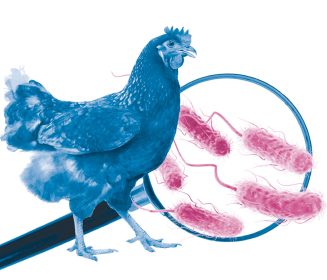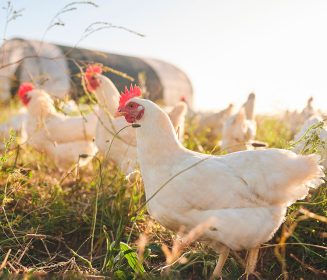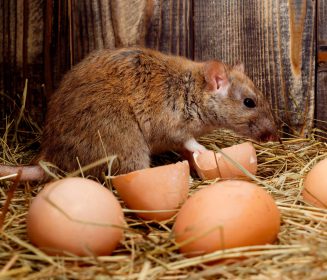Sources: Available upon request
05 Aug 2025
North America sees encouraging pause in HPAI outbreaks
United States has gone over one month without any new cases of highly pathogenic avian influenza (HPAI), while Canada has marked three months free of commercial flock infections.
In a significant development for poultry health and biosecurity, the United States has gone over one month without any new cases of highly pathogenic avian influenza (HPAI), while Canada has marked three months free of commercial flock infections. This pause in outbreaks offers a moment of relief for poultry producers and health officials across North America.
- The last confirmed HPAI case in a U.S. commercial flock occurred on July 2, involving 29,300 gamebirds in Lancaster County, Pennsylvania.
- Since then, all control zones established by the USDA’s Animal and Plant Health Inspection Service (APHIS) have been lifted.
- The Pennsylvania control area was officially released on July 24, following earlier releases in Maricopa County, Arizona, where two commercial table egg layer flocks had previously been affected.
- The most recent backyard flock infection in the U.S. was reported on June 11.
Canada’s last commercial HPAI case was reported on May 2 at a turkey and duck farm in Wallace, Manitoba, affecting approximately 14,400 birds. While several backyard and non-commercial farms saw infections in May, the final case was confirmed on May 15 in Kings County, Prince Edward Island. According to the World Organisation for Animal Health (WOAH), zoning and movement restrictions have been lifted in all provinces except British Columbia and Manitoba. Quarantines have also ended in most regions, with exceptions in British Columbia, Manitoba, and Prince Edward Island.
- This lull in HPAI activity is a welcome development after months of persistent outbreaks that disrupted poultry production and trade.
- The absence of new cases suggests that containment measures, including quarantines, movement restrictions, and enhanced biosecurity protocols, have been effective in curbing the spread of the virus.
However, experts caution that vigilance must remain high. HPAI continues to circulate in wild bird populations, which pose an ongoing risk of reintroduction to domestic flocks. Surveillance, rapid response capabilities, and strict farm-level biosecurity remain essential to prevent future outbreaks.
As the poultry industry monitors the situation closely, the recent calm offers a chance to assess preparedness strategies and reinforce defenses. For now, both the U.S. and Canada can cautiously celebrate a period of stability in their fight against avian influenza.

